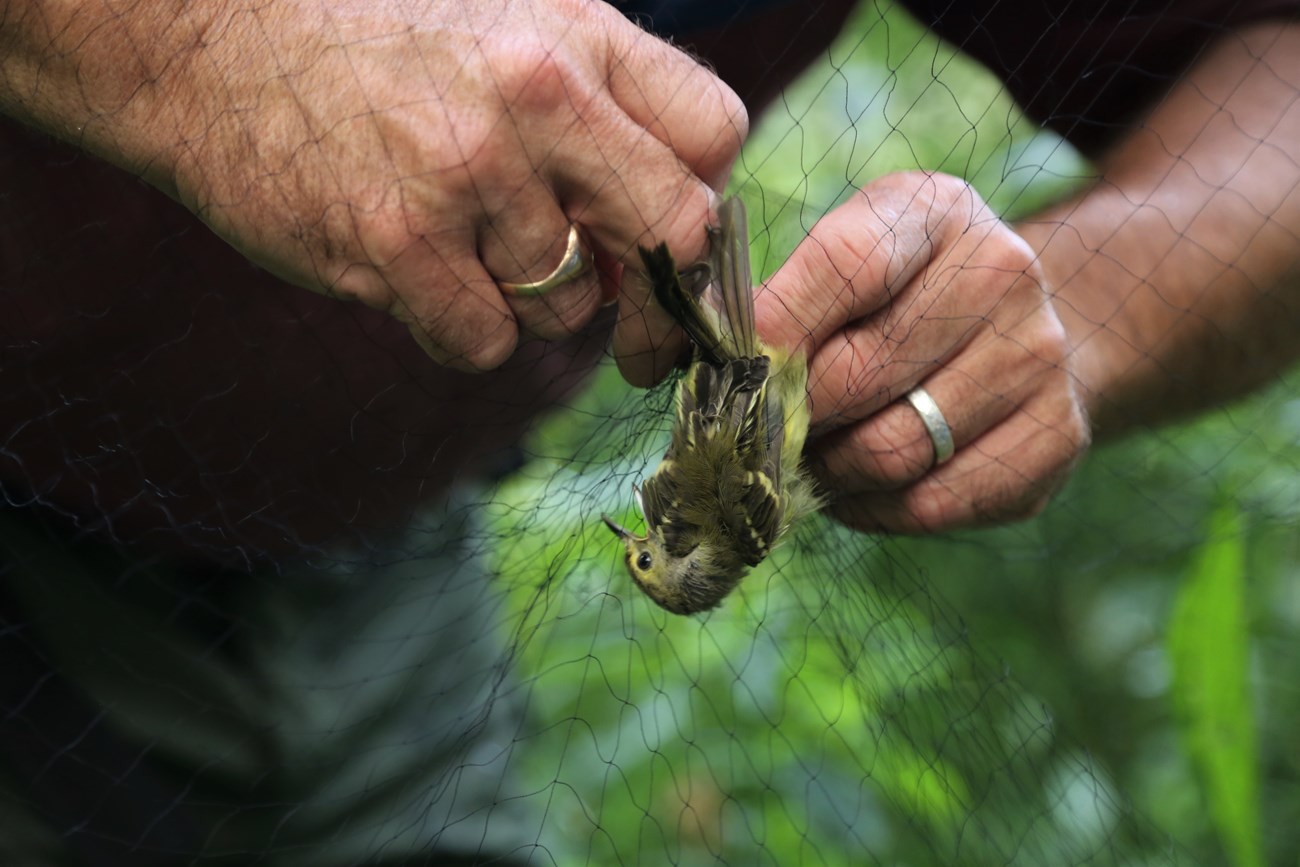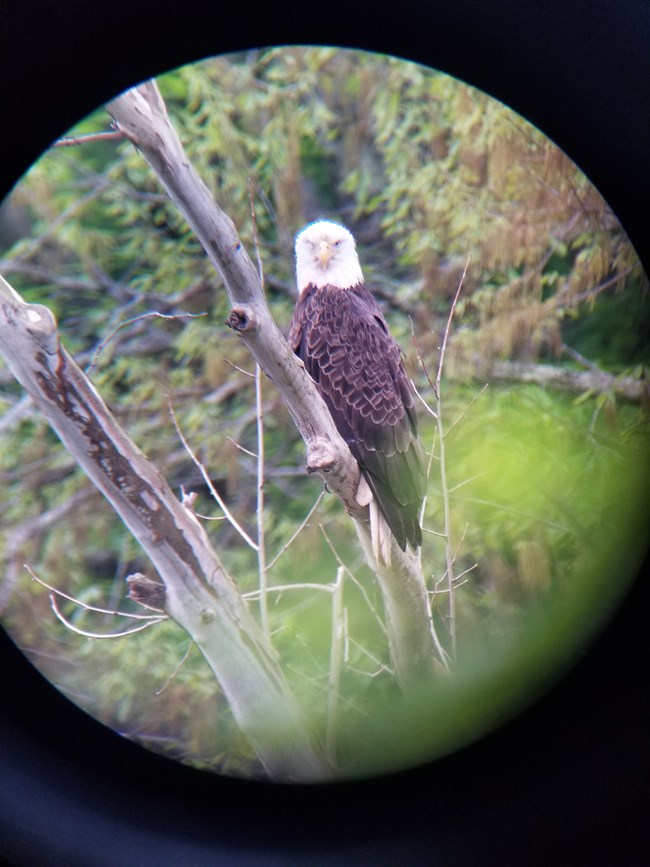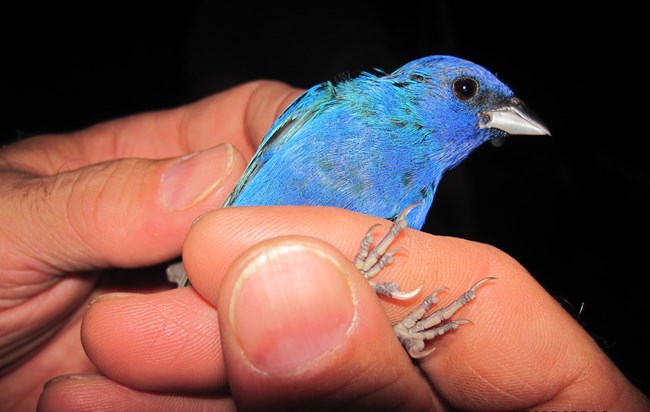
NPS Photo/ Nathaniel Leies Bird surveying has been conducted in different ways many times since before the establishment of Mammoth Cave National Park in 1941. Bird surveys offer a way to learn not only about population trends; surveys can also indicate the overall health of an ecosystem, assist managers in understanding impacts of visitor access or other human caused disturbances, and help pinpoint vulnerable and endangered species which require special management. History of Bird Surveys at Mammoth CaveIndividual surveys have been conducted during three differing time periods of park development:
Individual bird surveys continue to this day. 
NPS Photo/ Brice Leech Different Goals Need Different SurveysBreeding Bird SurveyA Breeding Bird Survey by the United States Geological Survey (USGS) has been conducted in the park almost every year from 1966 to 2019. These surveys, coordinated through the USGS Patuxent Wildlife Research Center, have been conducted across North America since 1966 to monitor bird population trends. These data can inform researchers and wildlife managers of population changes, revealing where efforts can be focused to reverse declines before populations get decimated to the point of extinction. Christmas Bird CountChristmas Bird Counts have been conducted annually across North American since 1900, and at the park since 1948. This data, like the Breeding Bird Survey, help wildlife managers keep up with population trends of the birds across North America and can assist managers in trying to understand what is causing population declines. Monitoring Avian Productivity and SurvivorshipThe Monitoring Avian Productivity and Survivorship (MAPS) bird survey is coordinated by the Institute for Bird Populations (IBP). IBP was founded in 1989 to try to understand the causes of declines in bird populations. 
NPS Photo/ Brice Leech What Have We Learned from Bird Surveys?Prior to park establishment, the park lands were primarily farming communities with ponds spotting the landscape among the open farm fields. The bird species denoted this type of open field and forest edge habitat with several sparrow species: pie-eyed grebe, loggerhead shrike, barn owl, short-eared owl, roughed grouse, northern bobwhite, and the bobolink all found in a more open habitat. Learn More About Birds in the ParkBirds |
Last updated: March 31, 2023
